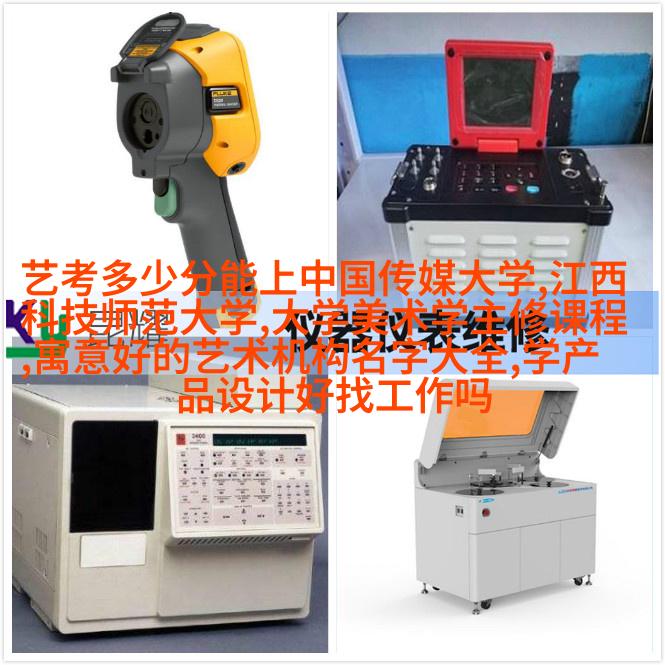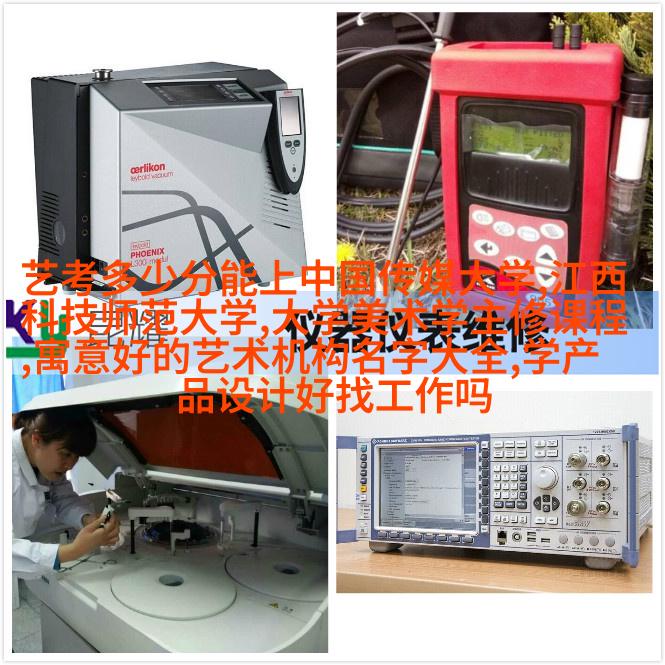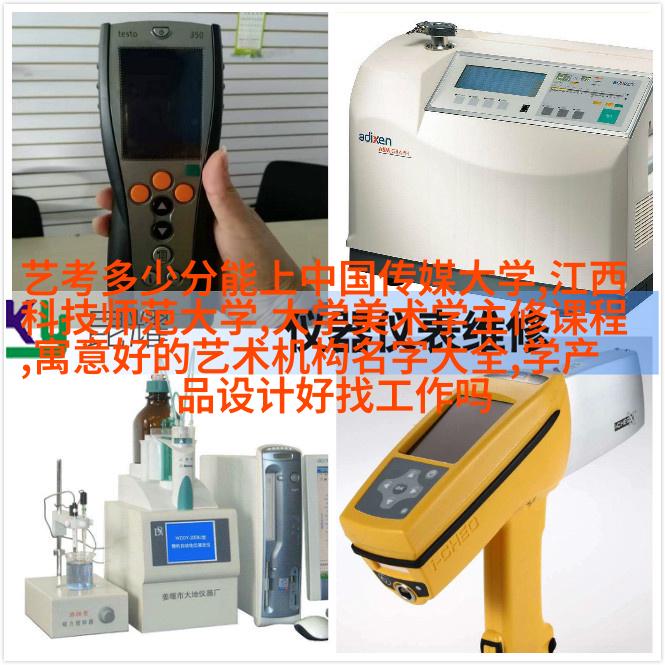陶瓷的制作过程从粘土到艺术品的诞生
一、The Ancient Origins of Ceramic Art

Ceramic art, a medium that has been cherished for thousands of years, boasts a rich history that dates back to the ancient civilizations. The earliest known evidence of ceramic production can be traced back to around 9000 BC in the Fertile Crescent region, where humans first learned to harness and shape clay into various forms. This pioneering work laid the foundation for future generations to refine and perfect their craft.
二、The Evolution of Techniques

Over time, as societies developed and trade routes expanded, new techniques were introduced and refined. The ancient Greeks made significant advancements in pottery by developing the technique of red-figure painting. In Asia, China became renowned for its exquisite porcelain wares during the Han Dynasty (206 BCE – 220 CE), with potters perfecting techniques such as underglaze blue-and-white decoration.
三、From Pottery Wheel to Kiln Technology

One key innovation in ceramic production was the invention of the potter's wheel. This tool allowed artisans to create symmetrical and uniform shapes more efficiently than traditional coiling or pinching methods. Additionally, advances in kiln technology enabled potters to fire their creations at higher temperatures, resulting in stronger and more durable pieces.
四、A Journey Through Materials

Ceramic art is not just about technique; it also relies heavily on materials science. From earthenware clays like terracotta or stoneware clays used for functional ware like plates and cups, each type requires specific firing conditions to achieve desired properties such as strength or translucency. Porcelain wares are particularly challenging due to their high alumina content which demands precise temperature control during firing processes.
五、Artistic Expression Through Form & Decoration

Beyond functionality lies artistic expression through form and decoration. Artists have employed a wide range of techniques including glazing, stamping patterns onto wet clay before firing (a process called "slip trailing"), carving designs after drying but before firing ("carving"), or even using paintbrushes directly onto unfired ceramics ("underglaze"). These methods allow artists an incredible degree of creative freedom while still adhering closely enough within established parameters that they remain recognizable as partaking from this very long-standing tradition indeed!
六、Modern Innovations: A New Era For Ceramic Artistry
Today's ceramic artists continue pushing boundaries through modern technologies such as digital printing on ceramics allowing them access previously unimaginable levels design complexity without losing any practicality nor durability inherent nature material itself! Furthermore advancements computer-aided design software enable potters precisely calculate dimensions ensuring precision execution works; thus enabling both artistic creativity alongside technical accuracy simultaneously present within single piece!
七、Conclusion: Embracing Legacy & Innovation Together
In conclusion we see how far-reaching impact human ingenuity has had upon development ceramics over millennia stretching from humble beginnings roots our species' earliest experiments shaping clay towards today where technological innovations merge seamlessly with timeless craftsmanship creating truly remarkable artworks embody spirit human creativity resilience resilience evolution itself!